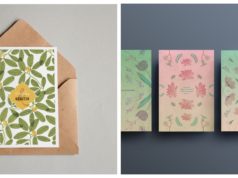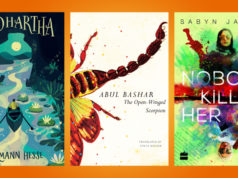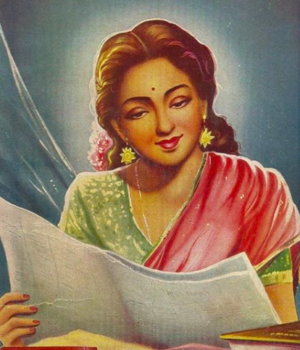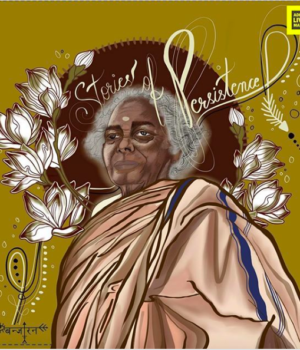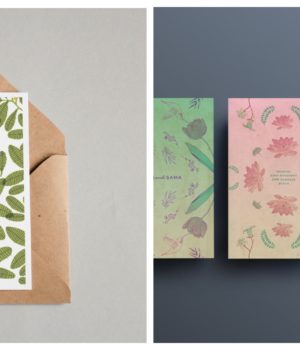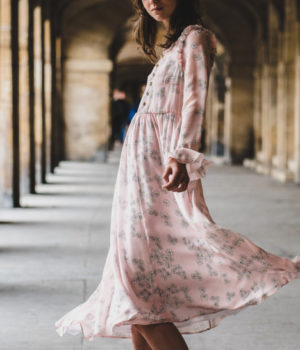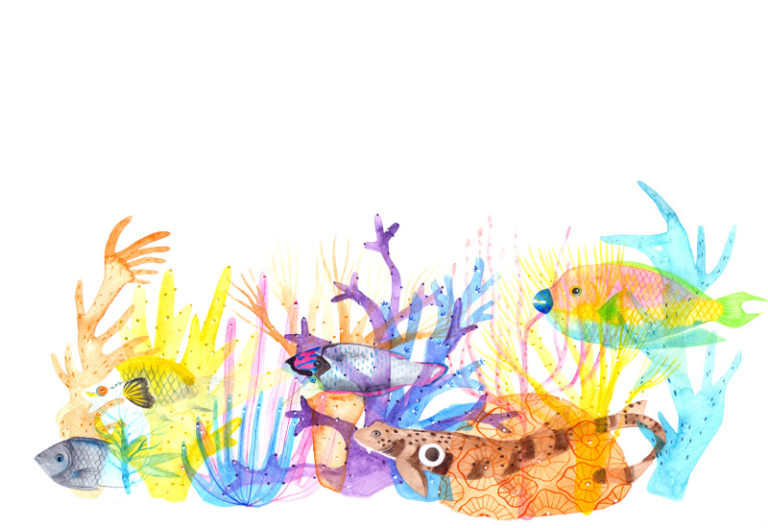
Inspired by her own childhood in the Western Ghats, a fondness for books, and an appreciation for nature, Kalyani Ganapathy’s illustrations depict all manner of wonderful wildlife, finding wonder and inspiration in all things bright and beautiful, and all creatures great and small.
Kalyani’s illustrations play with atmosphere and emotion, simplicity and detail; each delicately rendered watercolour is reminiscent of illustrations you’d find in children’s tales, but as her subject matter transcends age, it resonates with anyone who can take a moment to pause and marvel at the magic and charm of the natural world.
We had a chat with Kalyani about growing up in the Western Ghats, being inspired by nature and wildlife, and how art, in synergy with education, can help nurture an appreciation of the environment:
1) Can you tell us a little about yourself and your creative background?
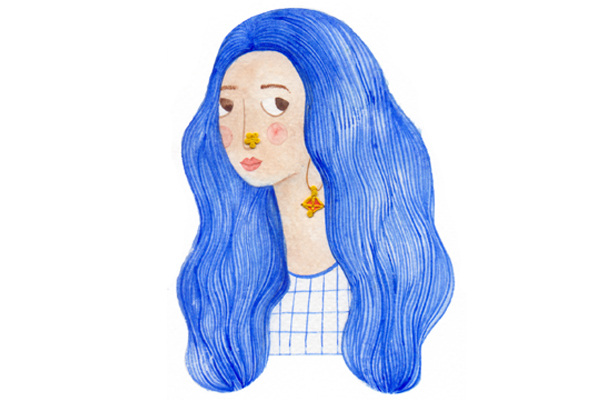
I am an Advertising and Graphic Design graduate. After working as a graphic designer for a few years (2004- 2010), I slowly transitioned to being an illustrator. I made the leap in 2012. I started off doing any kind of projects offered to me. For the last one year I have been working exclusively on children’s books. And I’m finally content with my profession.
2) As an accomplished artist in your own right, how did your journey take you to illustrating books, such as the beautiful cover for Ruskin Bond’s ‘The India I Love’?
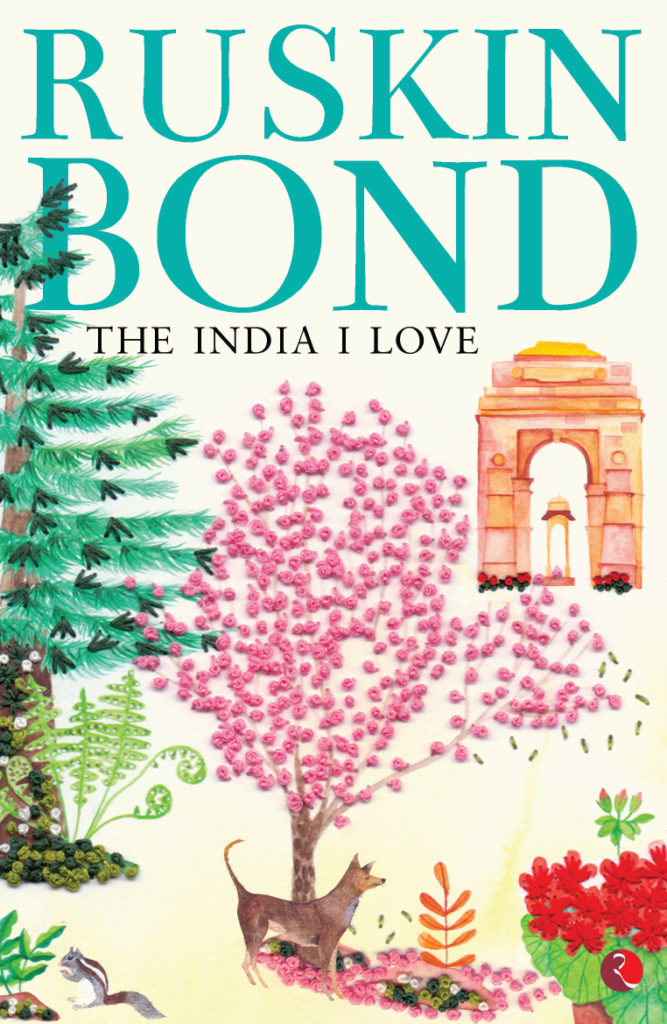
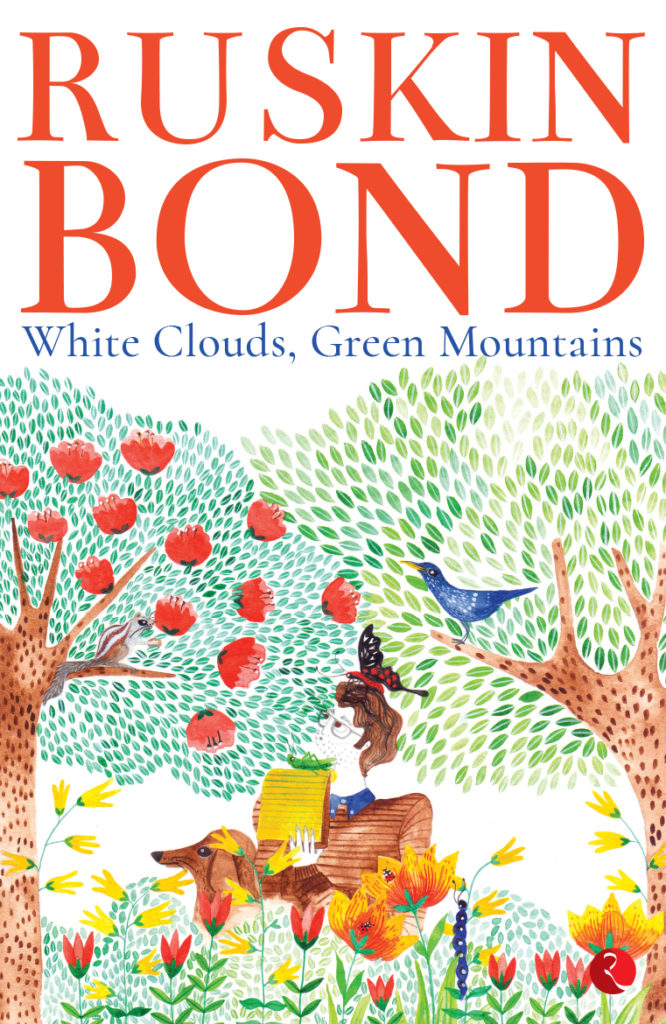
I’ve always loved books, every since I was a kid. And the moment I started earning, all my savings were spent in bookshops. Somewhere I always knew I wanted to transition into doing something with books.
However, when I graduated I had no idea what I really wanted to do. When I started illustrating, a friend got me to send my portfolio to art directors and several months later I did my first book cover. One project led to another, and eventually to the Ruskin Bond covers.
3) At the moment, you’re living in the Western Ghats. Why did you decide to move there, and how does where you live affect your art?
I grew up in the Western Ghats, and my family has always been here. It’s home. I went to a city for graduation and got a job there. One day I discovered that as long as I had a stable internet connection I could work anywhere.
Natural landscape and relationships in nature are a large part of my artwork. That was a subconscious process, but moving back here has meant I have stopped questioning why I work in a certain way. And relationships in nature have now become the main focus of my work.
4) Why does so much of your work focuses on wildlife and natural landscapes?
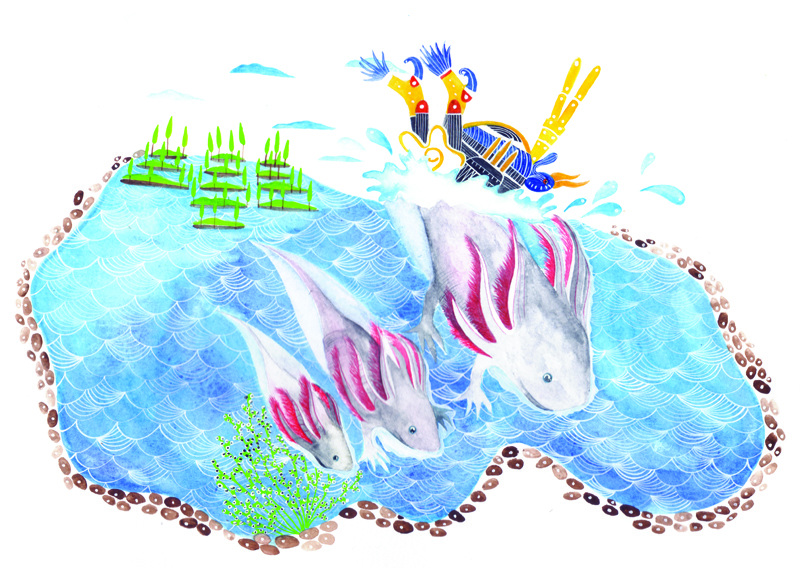
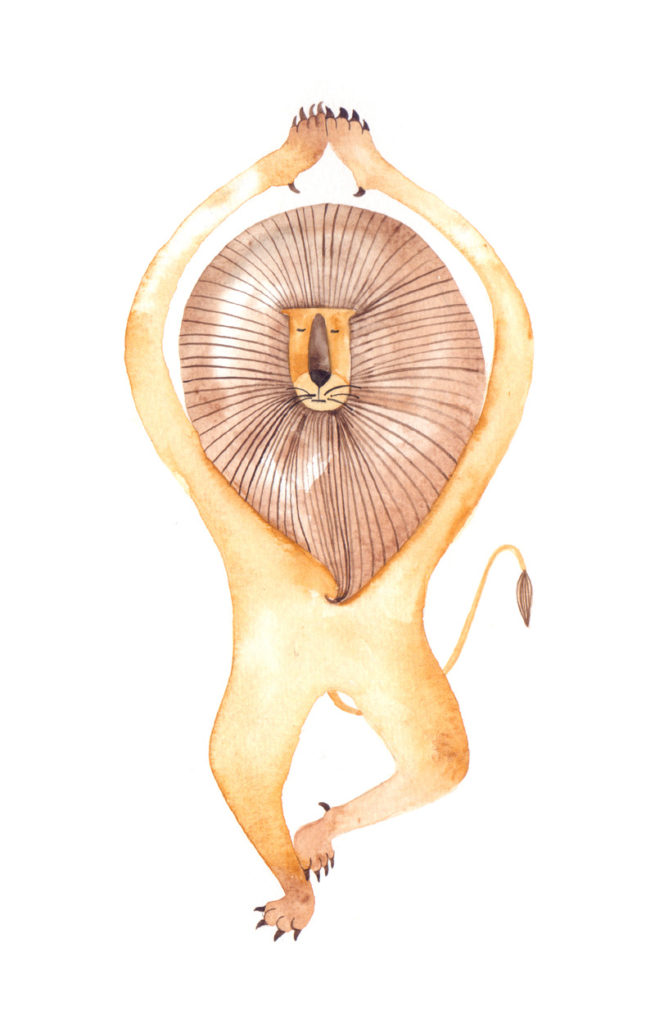


I’ve grown up in nature. When I was young the latest news was about leopards, bears and wild boars. I’ve never understood how life is devoid of that. It fascinates me more than anything else in the world.
5) In what ways do you think art has the power to teach and encourage a deeper appreciation of the nature?

I’m not sure about art having the power to teach and encourage a deeper appreciation of art on it’s own.
In a country like India a vast majority of the population a vast majority of the population, do not have access to art. And in my experience, the appreciation of nature comes from values we receive at a young age.
Our education system has a long way to go, before it truly becomes stimulating, interactive and interesting. And that is perhaps difficult in a country like ours where we have so many different languages, and varying levels of exposure. However, easy to understand, colourful, fun, picture heavy, vernacular educational material is a wonderful way to reach out to children.
Kids pick up so many values from the home itself, and I think there is so much potential in picture books, and storytelling. Traditional media forms are also such a great way to teach, I personally love shadow puppetry. And there is so much scope to bring new stories revolving around our natural world to life here.
And perhaps, here the first level may be to have wonderful visual books for adults themselves. Learning never ceases to be fun, if there is innovation and stimulation.
6) What do you love most about your own work? What sorts of themes or philosophies do you like to incorporate?
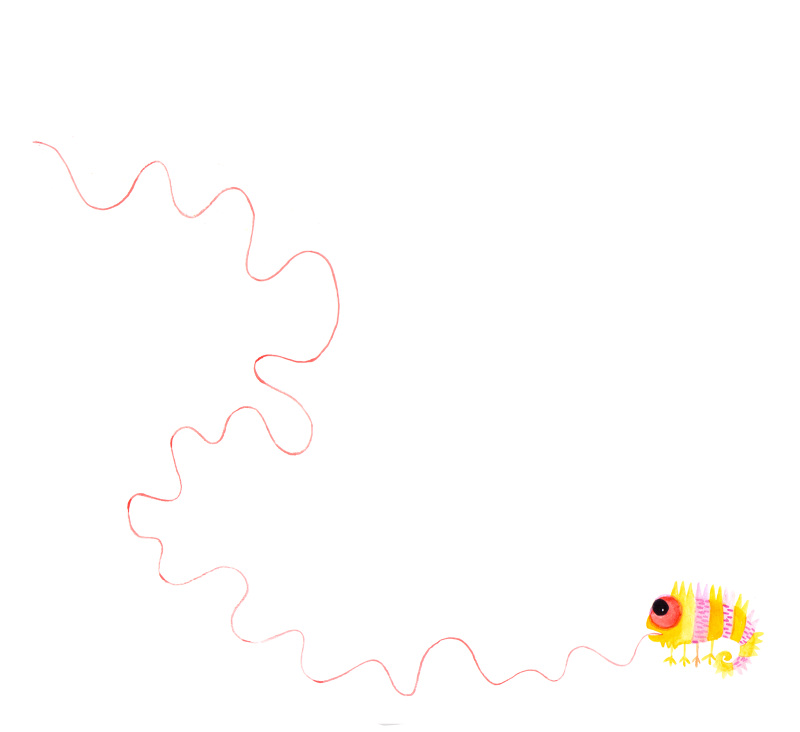
I love the small elements of my work, like a tiny caterpillar lurking in the bushes. I love picture books where there is more than what meets the eye.
In the book I am currently working on, the most apparent theme is ‘wholeness of the natural world’, not focusing on a single part but the wholeness of life, flora, fauna and people. And the balance and harmony that is possible in the world. And that wholeness is something I look forward to bringing to my books in the future.
We’re not surprised if you’re now yearning for a trip to the great outdoors (we are too). Until then, to browse more of Kalyani Ganapathy’s work, visit her website.
Interview by Pavi Sagar
Image Credits: Kalyani Ganapathy

